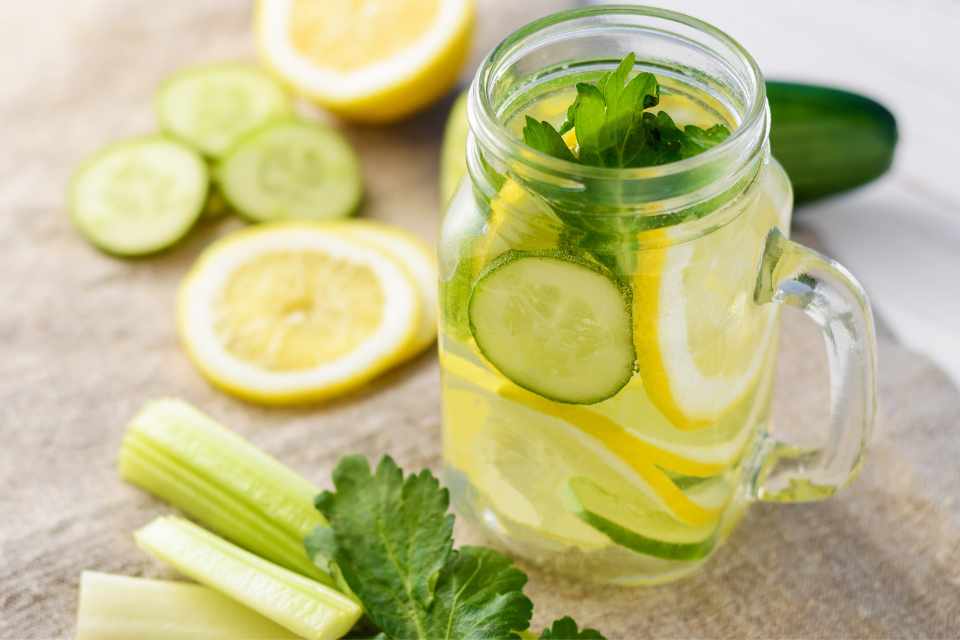Exposure to environmental toxins is unavoidable. Yet what most people may not know is that indoor toxins outnumber those outside. This constant exposure means that toxins can accumulate in the body. In fact researchers think this accumulation may be a cause of chronic disease.
There is an ongoing and rapid, worldwide increase in chronic disease. Conditions such as heart disease, dementia and autoimmune disease are leading causes of illness and death. No doubt some of this is due to people living for longer. Yet this is not the whole story. Studies show that younger people are also becoming chronically ill. Such as we are seeing with the looming epidemic of diabetes.
So what else is happening? There are probably several factors causing the increase. We know our genes play a part. Yet not everyone with a particular genetic susceptibility develops a related illness. So, despite what was once thought, genetics do not necessarily determine your fate.
The saying goes – genes load the gun, but environment pulls the trigger. In other words, environmental factors affect how genes are expressed, affecting disease risk. In fact, an estimated 85% of chronic diseases may be related to diet, lifestyle and other environmental exposures.
Of course, we can easily avoid some common toxins. Stop smoking, avoid alcohol and so on. Yet chemicals in the environment are a fact of modern living. Plus, to avoid toxic chemicals you must be aware of where they are in your environment.
Where are the toxins in your home?
- insecticides – toxins that kill insects
- herbicides – toxins that kill weeds
- fungicides – toxins that kill moulds and fungus
Pesticides are used specifically because they are toxic. Yet, they are often used on crops. So small amounts of these chemicals are present in many of our foods.
A major source of indoor toxins are flame retardants. Whilst minimising fire risk is important. Decades of use in building materials, electronics and electrical goods, textiles and furnishings. Flame retardment chemicals are now so common they are finding their way into the food chain.
They are a class of persistent organic pollutants. Some of these are being phased out. However, as these items are replaced in our homes the old ones are disposed of into the environment. Dozens of different flame retardant chemicals now contaminate our air, water and soil.
Another huge source of toxins are the plastics found all around the home. These plastics, especially the flexible plastic often used in packaging contain toxic phthalates. These hormone disrupting chemicals can affect fertility and metabolism. As well as damaging organs such as the liver, kidneys and lungs.
Another huge category of toxins in our environment are the heavy metals. A recent study discusses the toxic metal elements – cadmium, arsenic, chromium, lead and mercury. Though these elements occur naturally, their use is widespread in several industries. Which raises concern about their role in human ill health.
Even at low dosage we know these toxic metals cause damage to several vital organs. They are also known or probable carcinogens. With links to several oestrogen dependant cancers. Yet they are found in our food, tobacco smoke and even the fillings in our teeth.
Of course, this is not a complete list of the harmful chemicals in the home. There are hundreds of others. These include household cleaners, non-stick pan coatings, personal care products and cosmetics.
What’s more, most chemicals in the environment have never been tested for safety. With plenty of studies showing a link between them and their potential to cause ill health.
So, how can we protect ourselves and our families from these environmental chemicals? There are jokingly said to be three main ways to protect yourself:
- avoid… 2. avoid…, and 3. avoid…
Except this is not so funny since we now know it is not possible to completely avoid these contaminants!




0 Comments